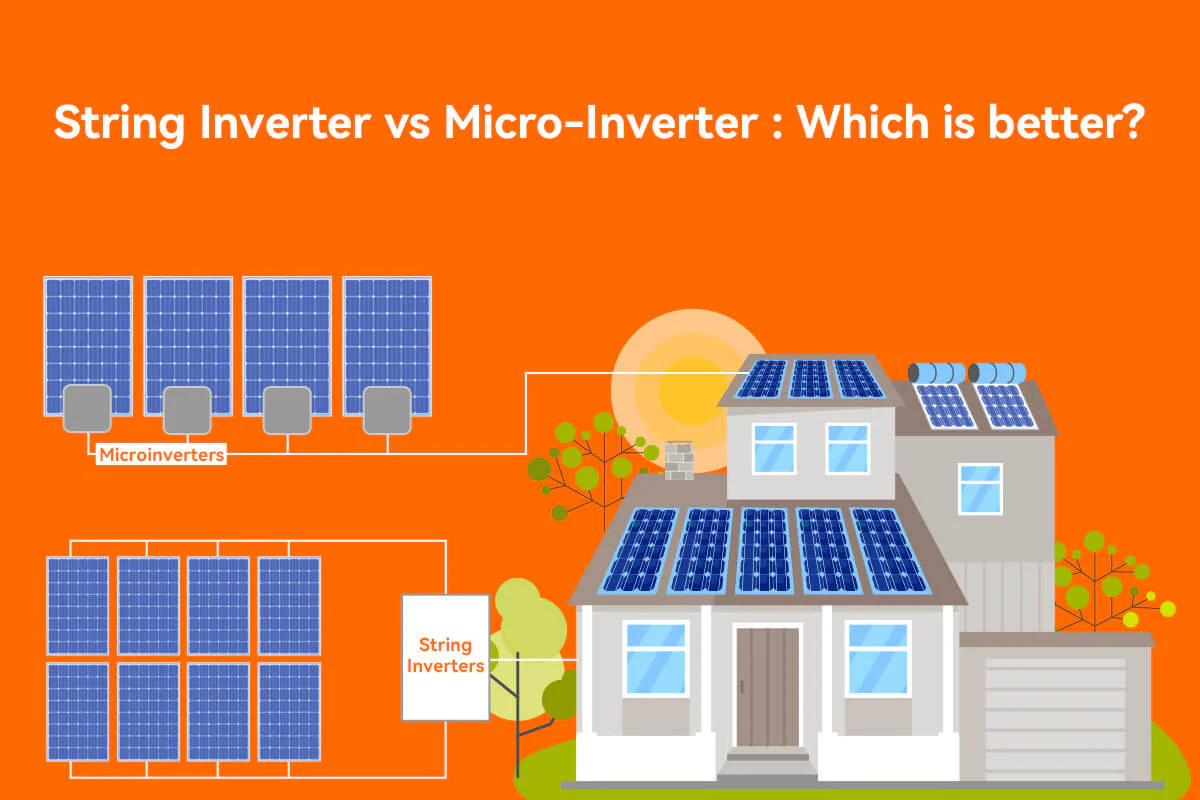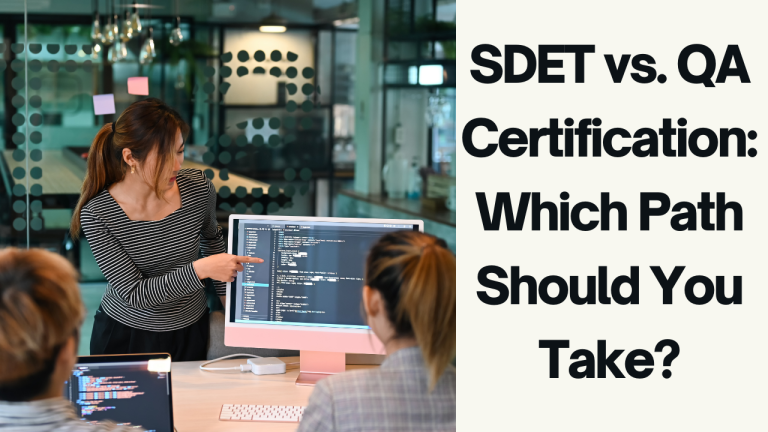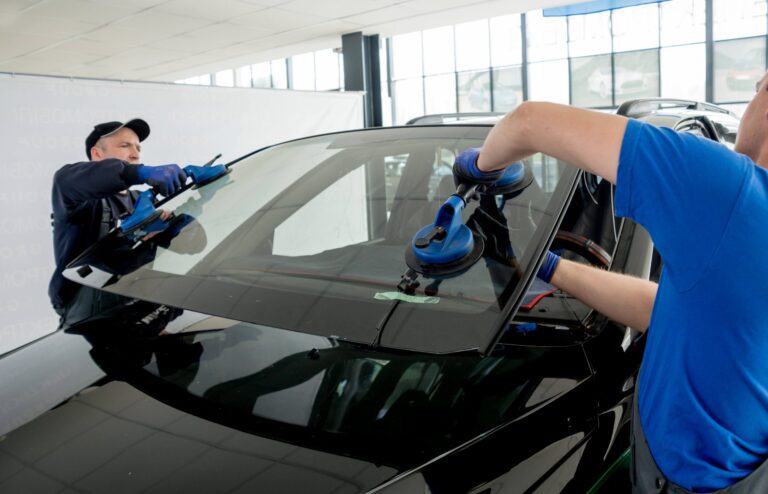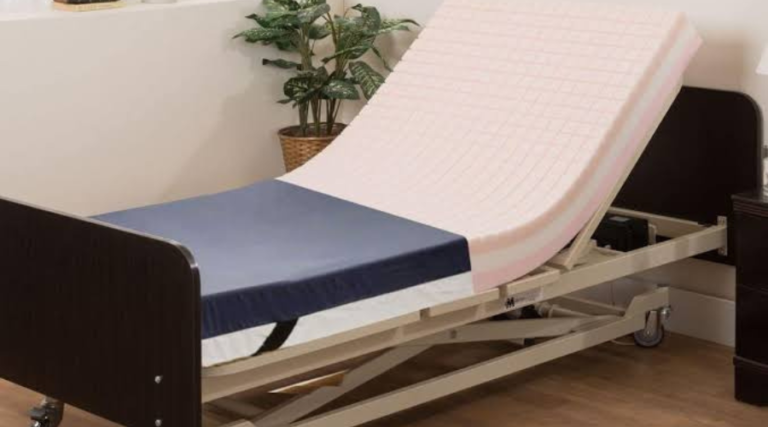String Inverters vs. Micro-inverters: Which is the Better Choice for Your Solar Panels?
Picking the right inverter for your solar panels is important. Think of inverters as the brains of your solar system, turning sunlight into electricity you can use. You’ve got two main types: string inverters and microinverters. Wondering which is better?
It all depends on what you’re looking for in terms of panel efficiency, cost, and how long they’ll last. Knowing the difference can affect how happy you are with your solar energy conversion setup. String inverters are pretty important, so let’s break down the good and the bad.
Keep reading to find out which inverter might be the perfect fit for your solar power needs.
Efficiency Comparison
Microinverters are great for getting the most power from solar panels, especially when some areas might be shaded. They work on each panel separately, so if one panel gets less sun, the others still work at full power.
On the other hand, string inverters connect all panels, so if one panel gets less sun, it can lower the power of the whole system. So, if you’re dealing with shadows or complicated setups, microinverters might be the way to go to keep things efficient.
Cost Considerations
When picking between string inverters and microinverters for solar panels, think about the start-up and ongoing costs. String inverters are usually cheaper at first than microinverters.
But, microinverters can make more electricity and be more efficient, which might save you money in the long run. It’s important to look at both the immediate costs and the future savings to figure out which one is the best deal for you.
Installation Differences
Choosing between string inverters and microinverters for your solar panels? Here’s what you need to know. String inverters are simpler and cheaper to install since you just connect one to all your panels. Great for saving on upfront costs!
But, microinverters? They go on each panel, making installation a bit more complex and costly. The upside? You get a flexible system that’s easy to expand later. Perfect if you’re thinking about adding more panels down the line.
Environmental Impact
Microinverters are a bit better for the environment than string inverters because they can make each solar panel work its best. This means you get more electricity from the same sunlight, which can lower your home’s carbon footprint.
Microinverters last longer, creating less electronic waste compared to string inverters that might need replacing more often.
Ease of Monitoring and Maintenance
Microinverters are cool because they let you check on each one individually. This means if there’s a problem, you can find and fix it fast, which keeps your renewable energy flowing smoothly.
String solar inverters, though, show you the big picture of how everything’s working together, but pinpointing a specific issue might be trickier. This is important for folks who want to keep their systems running smoothly with minimal fuss.
Flexibility and Expansion
A key thing to think about is how easy it is to make your solar system bigger later on. Microinverters are great because you can add more panels easily without messing with what you already have. They let you grow your solar setup bit by bit.
On the other hand, if you have a string inverter, adding more can get tricky and might cost more. So, if you’re thinking about getting more solar panels over time, microinverters are a more flexible choice.
Safety Considerations
Safety is important when setting up and using solar power systems. Microinverters are thought to be safer than string inverters. Here’s why: they change DC electricity to AC right at each solar panel.
This means there’s less high-voltage DC electricity moving through the system, which lowers the chance of electrical fires. On the other hand, string inverters create high-voltage DC electricity that runs across all the solar panels before it’s changed to AC. This can be more risky, especially if something goes wrong with the system.
Consumer Preferences and Market Trends
In recent years, more people have started preferring microinverters for solar power output because they work better and are safer. However, string inverters are still popular because they are cheaper and easier to install.
String inverters have also gotten better, making the competition between the two types closer. Now, there’s a big focus on smart solar installation solutions, so both types of inverters are getting smarter with better monitoring and control features to fulfill the need for efficient and dependable solar energy systems.
Decision Criteria for Homeowners
When picking between string inverters and microinverters for your solar panels, think of it like choosing between two types of engines for your car. Each has its pros and cons. If you’re on a tight budget and live somewhere sunny without trees blocking the sun, string inverters are a good, cost-effective choice.
But if your house gets a mix of sun and shade or the weather changes a lot, microinverters might be better. They cost more at first, but they help each panel work its best, no matter the light conditions, which might save you money in the long run.
Understanding How Inverter Works
In a solar panel system, the job of an inverter is to convert the direct current (DC) electricity produced by the panels into alternating current (AC) electricity that can be used to power your home. This conversion process is necessary because most homes and businesses use AC electricity, while solar panels produce DC electricity.
Make sure to take your time understanding solar inverter functionality and how it operates in your specific system. The type of inverter you choose will have a significant impact on the overall performance and efficiency of your solar panel system.
Making the Right Choice with String Inverters
Picking between string inverters and microinverters is like choosing the best tool for your solar power setup. Think of string inverters as a one-size-fits-all solution. They are easier to install and won’t break the bank, making them great for lots of homeowners. They work best on big roofs without shade, where you can use just one inverter for everything. But, it’s important to know they might not be the best in every situation, especially if you want the most power possible or need flexibility.
Choosing string inverters means thinking about your long-term energy needs and how they fit your budget. They’re still popular for many solar projects, showing they have their place as the solar world keeps changing.
Explore our blog for additional captivating articles.
Stay in touch to get more updates & news on Discover Tribune!






